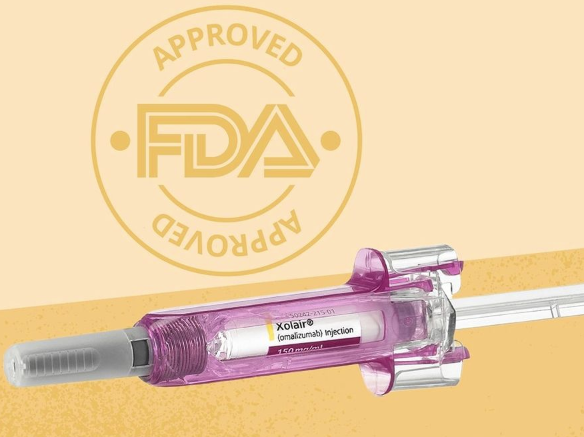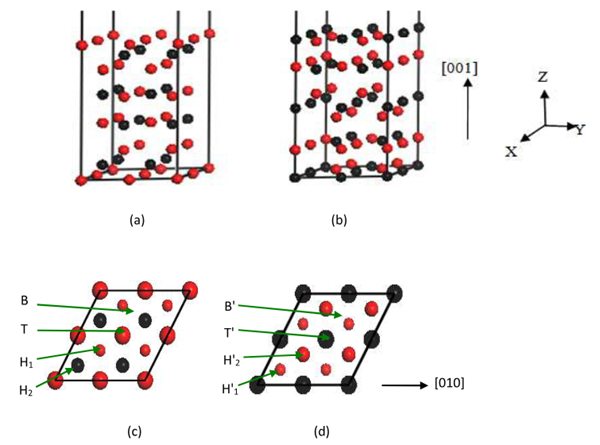The side effects of Omalizumab
Xolair® is a brand of omalizumab. This medication treats allergic asthma, chronic hives, and nasal polyps.

Specifically, Omalizumab injection is used to decrease the number of asthma attacks (sudden episodes of wheezing, shortness of breath, and trouble breathing) in adults and children 6 years of age and older with allergic asthma (asthma caused by inhaling substances such as dander, pollen, and dust mites) whose symptoms are not controlled with inhaled steroids. It is also used to treat nasal polyps (swelling of the lining of the nose) in adults whose symptoms are not controlled with inhaled steroids. Omalizumab is also used to treat chronic hives without a known cause that cannot successfully be treated with antihistamine medications such as diphenhydramine (Benadryl), cetirizine (Zyrtec), hydroxyzine (Vistaril), and loratadine (Claritin) in adults and children 12 years of age and older. Omalizumab is not used to treat other forms of hives or allergic conditions. Omalizumab injection is in a class of medications called monoclonal antibodies. It works by blocking the action of a particular natural substance in the body that causes the symptoms of allergic asthma, nasal polyps, and hives.
XOLAIR may cause serious side effects, including:
Cancer. Cases of cancer were observed in some people who received XOLAIR.
Inflammation of your blood vessels. Rarely does this happen in people with asthma who receive XOLAIR. This usually, but not always, happens in people who also take a steroid medicine by mouth that is being stopped or the dose is being lowered. It is not known whether XOLAIR causes this. Tell your healthcare provider immediately if you have a rash, chest pain, shortness of breath, a feeling of pins and needles, or numbness in your arms or legs.
Fever, muscle aches, and rash. Some people get these symptoms 1 to 5 days after receiving an XOLAIR injection. If you have any of these symptoms, tell your healthcare provider.
Parasitic infection. Some people at high risk for parasite (worm) infections get a parasite infection after receiving XOLAIR. Your healthcare provider can test your stool to check if you have a parasite infection.
Heart and circulation problems. Some people who receive XOLAIR have had chest pain, heart attack, blood clots in the lungs or legs, or temporary symptoms of weakness on one side of the body, slurred speech, or altered vision. It is not known whether XOLAIR causes these.
The most common side effects of XOLAIR:
Adults and children 12 years of age and older with asthma experience joint pain, especially in their arms and legs, dizziness, tiredness, itching, skin rash, bone fractures, and pain or discomfort in their ears.
In children 6 to less than 12 years of age with asthma: swelling of the inside of your nose, throat, or sinuses, headache, fever, throat infection, ear infection, abdominal pain, stomach infection, and nose bleeds.
In adults with chronic rhinosinusitis with nasal polyps: headache, injection site reactions, joint pain, upper abdominal pain, and dizziness.
In people with chronic spontaneous urticaria, it is caused by nausea, headaches, swelling of the inside of your nose, throat, or sinuses, cough, joint pain, and upper respiratory tract infection.
In people with food allergy: injection site reactions and fever.


